Jaguar Land Rover’s plan for a big reveal of the all-new Range Rover this week was somewhat undermined by leaked images a few days before the official event. But as it’s turned out, the most important changes are the ones you can’t see from the outside.
For the first time in four new generations of Range Rover (this is the fifth), the new model doesn’t look dramatically different from the outside – at least judging from the factory pictures. In fact, you might be hard pressed to tell generations four and five apart at all from the front. It’s easier at the rear, with a “hoop” garnish that integrates the Range Rover script, indicators (along the top) and tail lights (inside those vertical slivers).
DRIVEN joined JLR New Zealand online at a live virtual launch, as the big fella made its physical debut at the Royal Albert Hall in London.
“I think this vehicle has somewhat timeless design,” says Jaguar Land Rover New Zealand managing director Steve Kenchington. “There’s no need for this to be a revolution. It just needs to be an evolution of what is a stunning luxury vehicle.”
What has changed, says Kenchington, is “technology and the vision that Land Rover has for the Range Rover brand in terms of where the industry is going, and what we need to do to keep pace with the world we live in, in terms of an environmental aspect and driveability.”
To view all Range Rovers listed on DRIVEN, click here
So what’s new? The Range Rover is on the new MLA platform, which means a full range of petrol/diesel, Plug-in Hybrid Electric Vehicle (PHEV) and Battery Electric Vehicle (BEV) powertrain options.
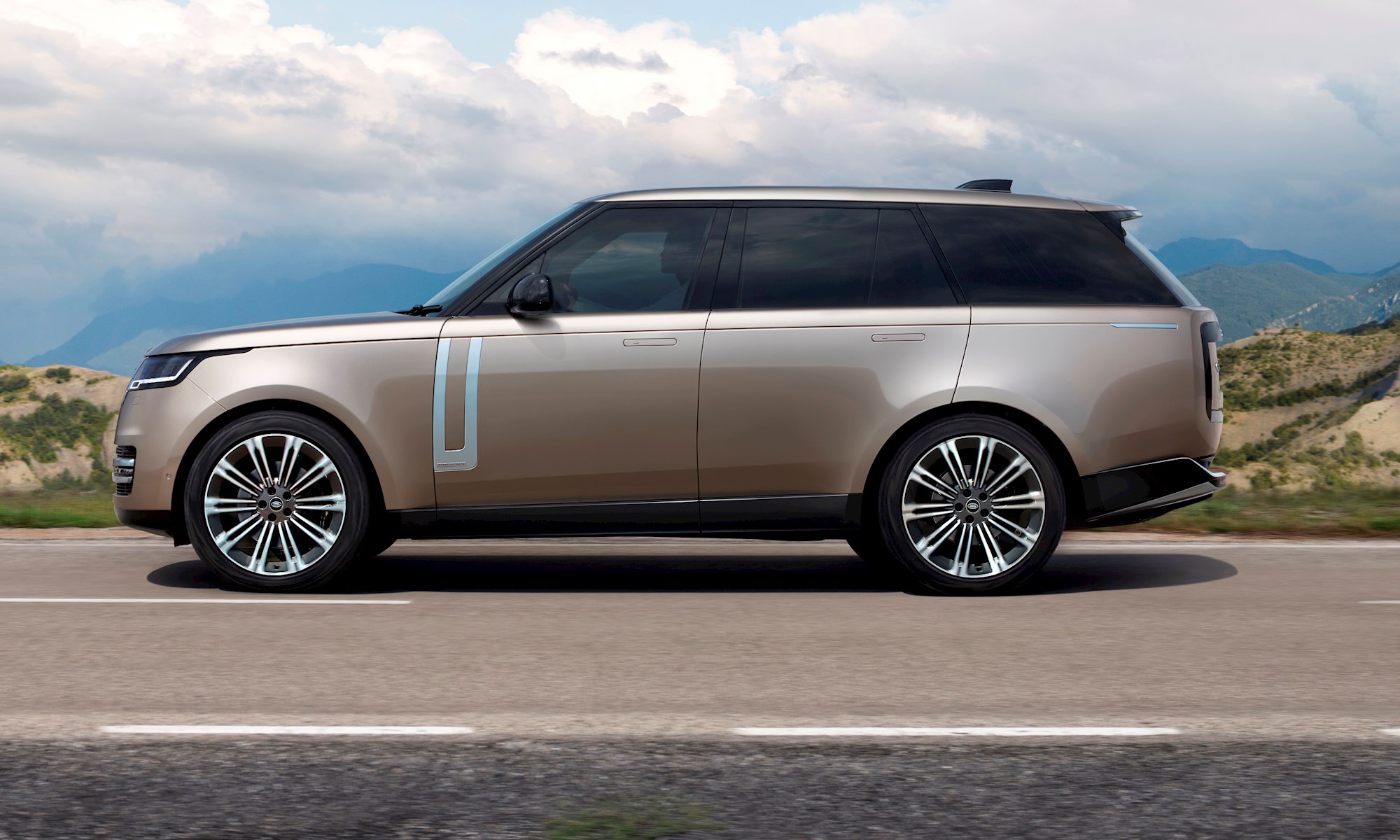
There’s new chassis technology including an uprated anti-roll system and all-wheel steering as standard, giving a turning circle of just 11 metres (about the same as a small family car). Remote parking technology will also be available.
Higher-level models will have some clever noise-cancelling technology, using microphones in the wheelarches to identify road roar, which is then cancelled out by the audio system playing the opposite phase though the speakers.
The new interior is minimalist in the extreme, dominated by twin screens: a 13.7-inch unit for the main instruments and a 13.1in curved “floating” surface with the company’s Pivi Pro operating system (as fitted to the new Jaguar F-Pace). An Amazon Alexa voice assistant is embedded into the car, including Spotify. In your faces, Apple and Android?
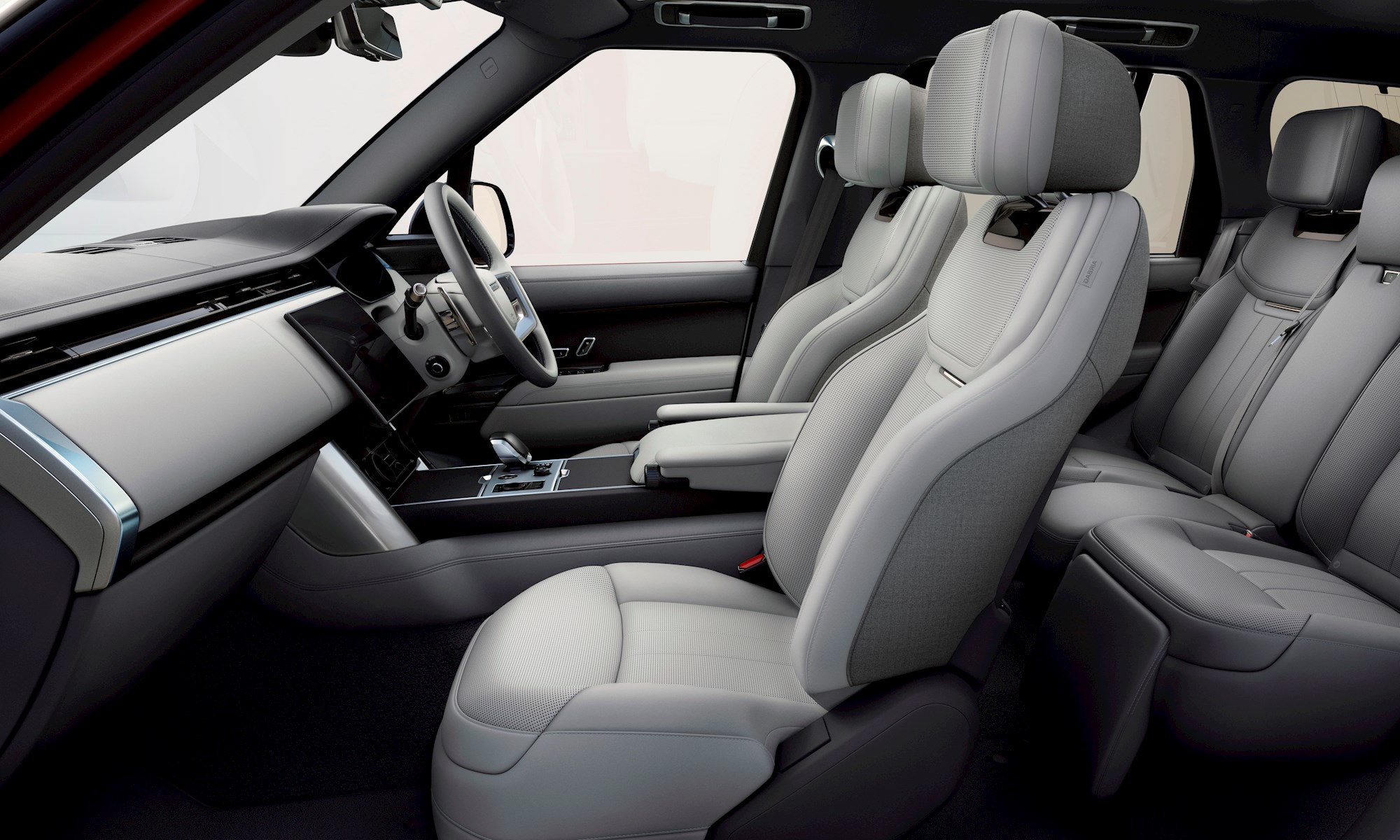
Also to come is a Covid-beating Cabin Air Purification Pro system. It’s a luxury car for the times.
One of the biggest changes in mindset from the British marque is the provision of a seven-seat option for the long-wheelbase (a 200mm stretch) model. Land Rover has long railed against the idea of a three-row version, arguing that the full-size Rangie (or “Rover” if you’re American/addicted to YouTube) is about luxury and space, not seating capacity.
At the global reveal, Land Rover design director Gerry McGovern acknowledged he once responded thus to the idea of a seven-seat Range Rover: “Over my dead body”.
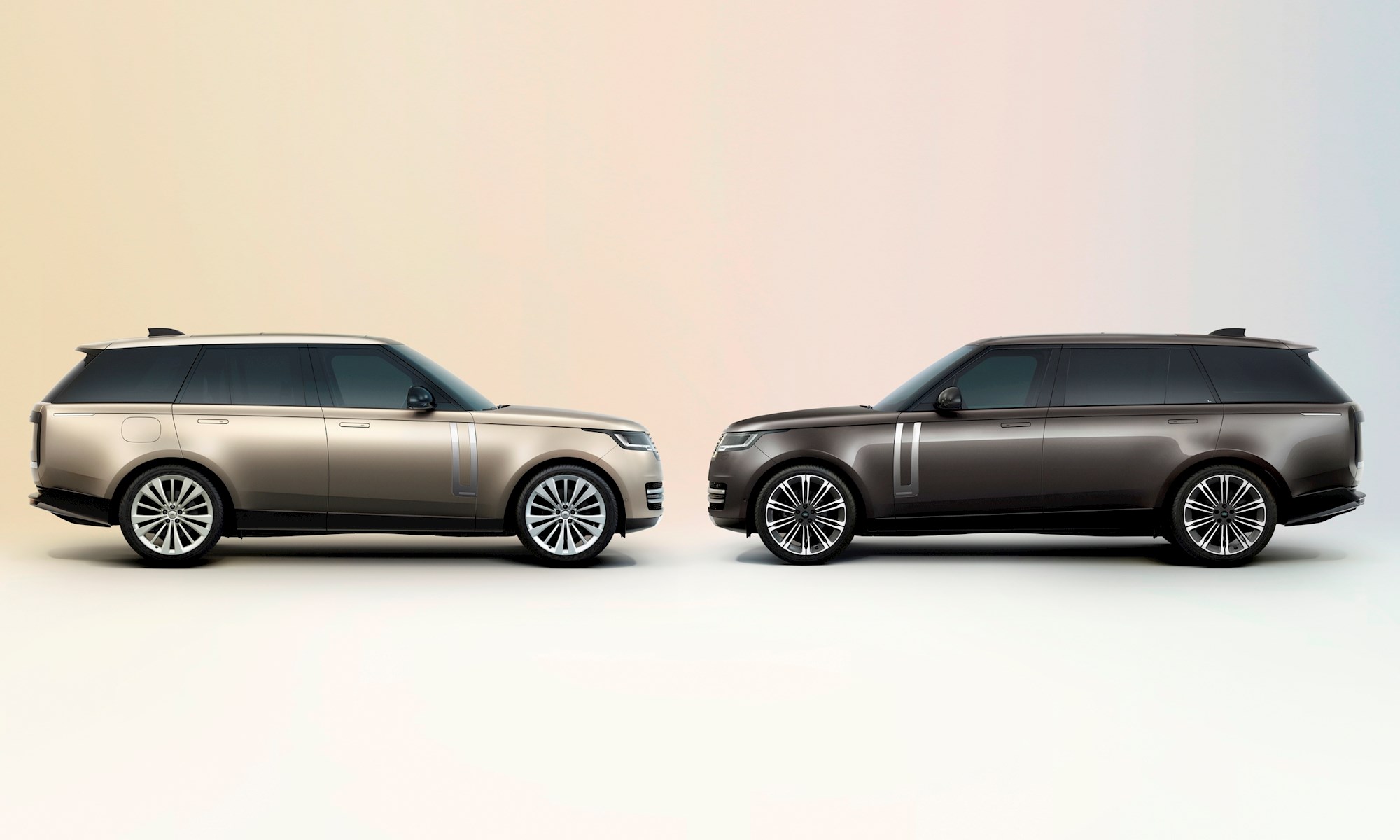
“But we’ve managed to achieve it”.
The signature split tailgate remains, but the lower section can now carry 350kg and (in a nod to Rolls-Royce Cullinan perhaps) is available with an Event Suite that includes cushions, intelligent battery management for the rear lighting (up to two hours while parked) and a specific audio configuration for posh picnic seating.
The new Range Rover will arrive in NZ from May, starting with the D350 (turbo diesel) HSE, P530 (4.4-litre V8 courtesy of BMW) Autobiography long wheelbase seven-seater, and a fully loaded P530 First Edition short wheelbase.
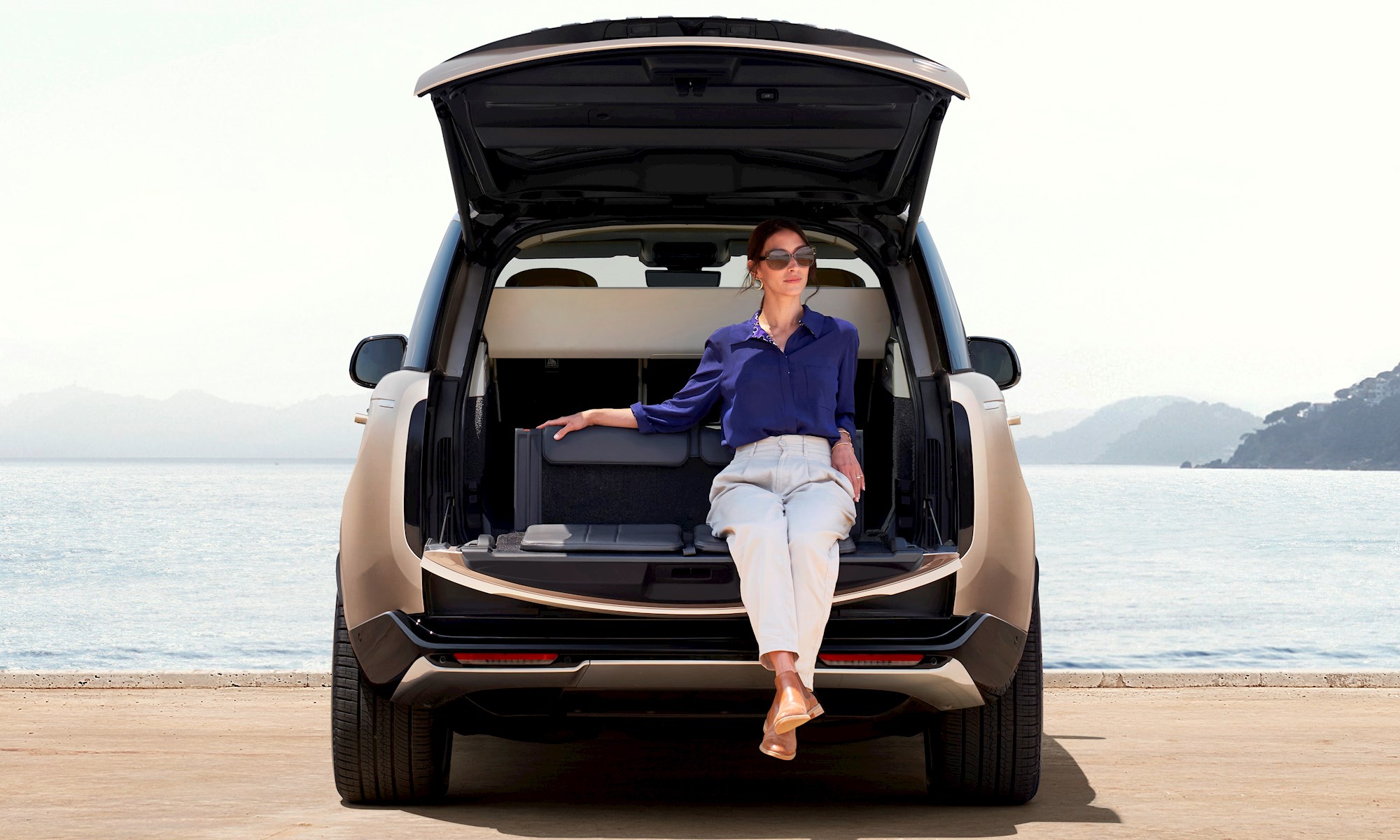
If you’re upset about the demise of Land Rover’s throaty supercharged V8, the planet and your pocket will thank you: no specific output or economy figures as yet, but the BMW unit is said to make the Range Rover 17 per cent more economical.
The lineup will expand from August, including the PHEV models that Land Rover NZ reckons could claim 35 per cent of volume. The new plug-in powertrain pairs a six-cylinder Ingenium petrol engine with a monster 38.2kWh (usable capacity 31.8kWh) battery to give a claimed EV range of 100km, or 80km “real world” – enough to cover 75 per cent of all Range Rover journeys, based on the company’s owner-data from the previous model.
To put that battery size in perspective, a Mini Electric has a 35kWh unit – and that’s a pure-electric vehicle. Luckily, the PHEV battery is also DC charge-compatible.
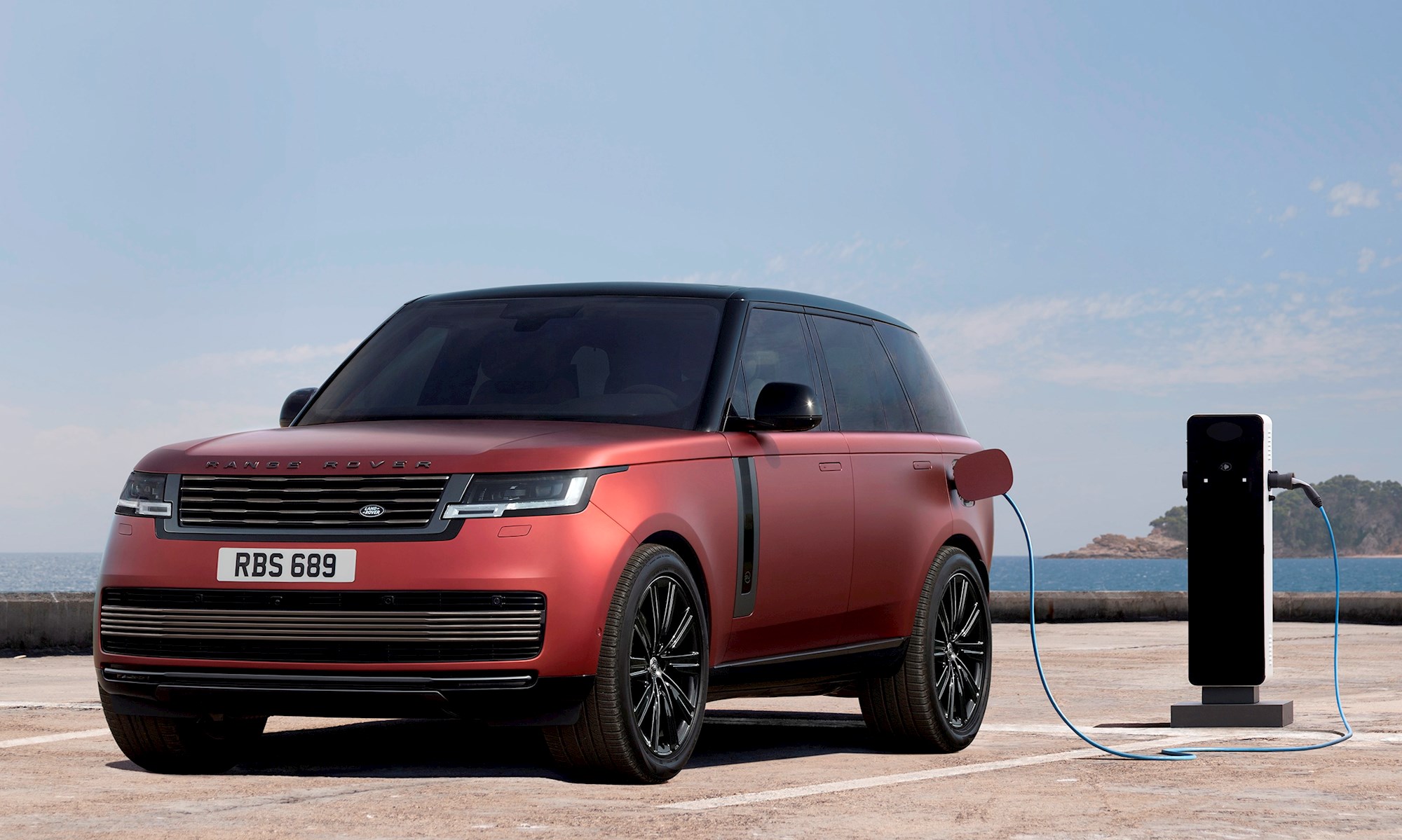
There’s still a while to wait for the Range Rover BEV: the launch is planned for 2024 and Land Rover hasn’t released any technical details as yet. But based on the PHEV specs, we’re betting that battery will be… big.
Land Rover did manage to save a little surprise for the big reveal: the new SV model, which brings more personalisation options based on two main styling/equipment packages. It’s also the first model from the company’s Special Vehicle Operations to wear a new “SV” ceramic roundel.
Land Rover revealed the SV Serenity (lead image for this story, in white) and Intrepid (above, in red) models alongside the standard Range Rover: the former more luxury-oriented and “calming”, the latter adopting a more “stealth” and contemporary style with darkened chrome and sustainable Ultrafabric upholstery. They’ll arrive in NZ around August too.






















